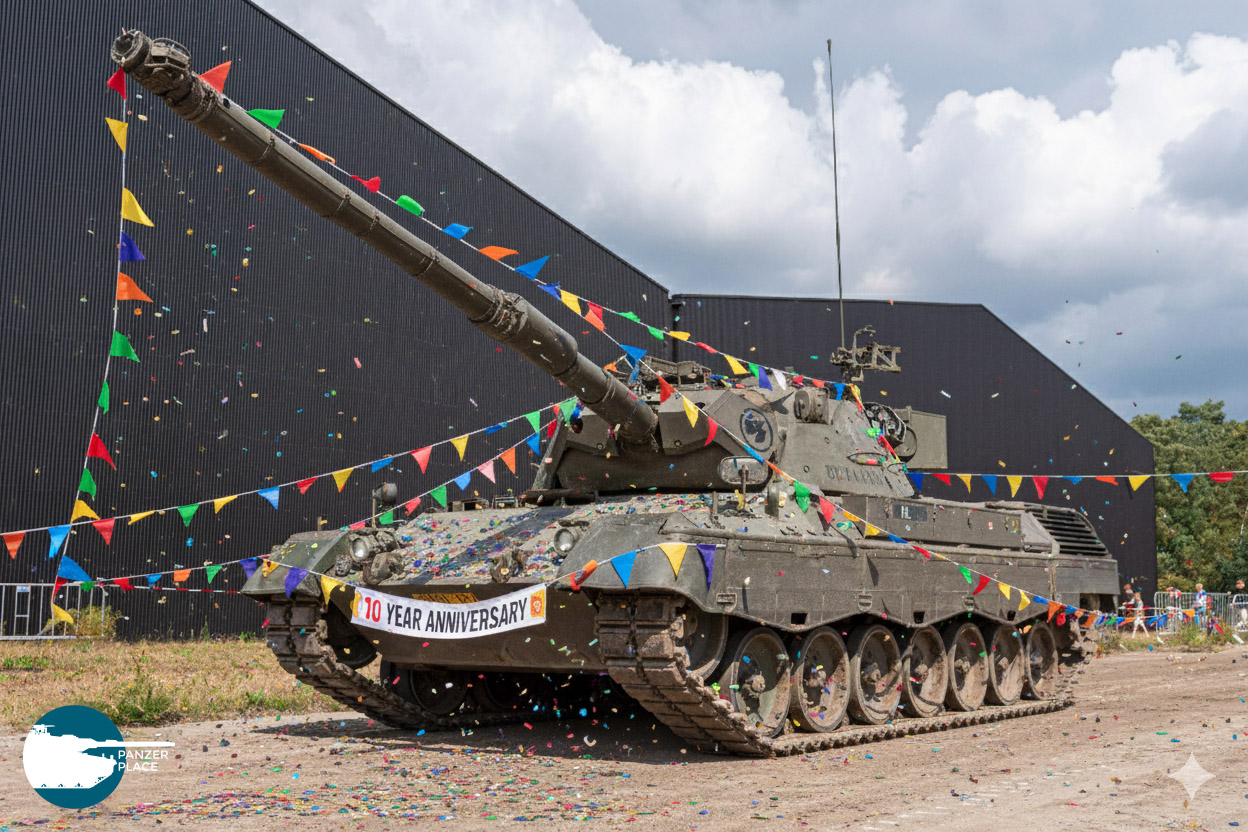78 years ago today, marks the eve of Germany’s last major offensive in the west; the Ardennes Offensive. Initially planned as a “Wacht am Rhein” for November, the offensive was postponed until mid-December. By this time, it was renamed Herbstnebel. Now that poor terrain condition on the Eastern front had forced a pause in the Red Army’s relentless advance, and the Western Allies had run into the well defended West Wall, Hitler thought a firm counteroffensive in the west was in order.

The plan was to push through to Antwerp, driving a wedge between the British and American armies. This should deal such a blow to the Western Allied powers that they would be forced into peace negotiations. The operation had clear traits of Mannstein’s previously successful Sichelschnitt during the battle of France in May 1940. However, the tables had turned; the Third Reich was on its last legs. Material and manpower were in short supply, let alone had enough fuel to undertake such an operation. Moreover, the Allies were now lords and masters of the skies, which meant that troop movements could only take place under the cover of darkness or bad weather. It was beyond Hitler’s comprehension that a ‘smaller solution’, an advance as far as the Meuse River, made more sense.

Over the next week, I will take you day by day through the Ardennes offensive. We follow the advance of the King Tigers of the schwere SS Panzer-Abteilung 501, attached as 2nd battalion of the 1st SS Panzer Division Leibstandarte. As part of the Kampfgruppe Peiper, the 501st formed the spearhead of the advance of the 6th SS Panzerarmee which was entrusted with the northern branch of the offensive.
Disclaimer
There is no doubt that the men of the 1st SS-Panzer-Division committed all kinds of war crimes during the Ardennes Offensive. Not only were prisoners of war shot in cold blood, even the civilian population did not escape their terror. The men responsible managed to rationalize their crimes in the craziest of ways. Although I will be paying little attention to these crimes in the coming series of articles, it is by no means my intention to justify or condone Leibstandarte‘s actions in any way. The coming articles were brought about solely out of military historical interest in the advance and failure of Kampfgruppe Peiper, and will describe their actions in broad brush strokes.




Leave a Reply